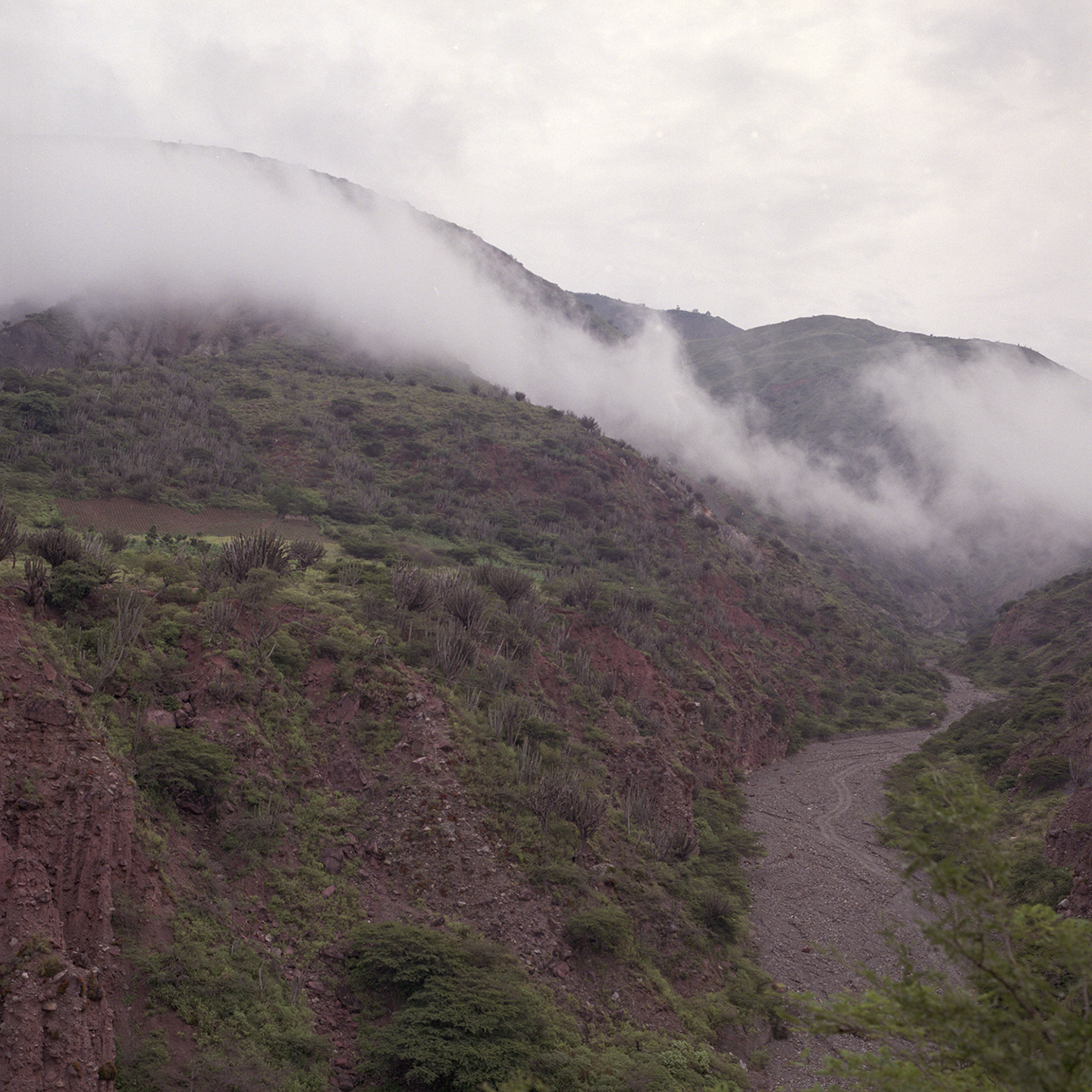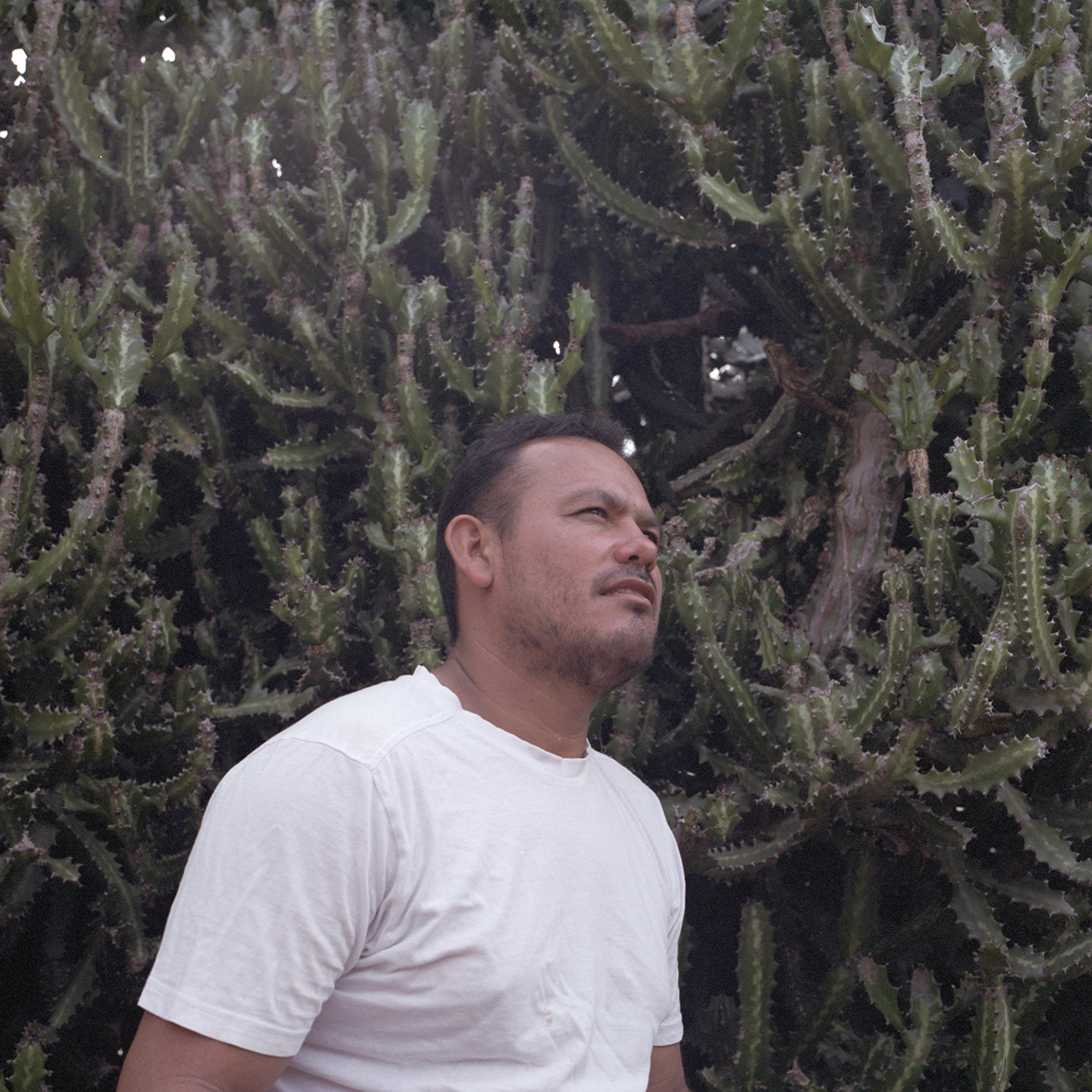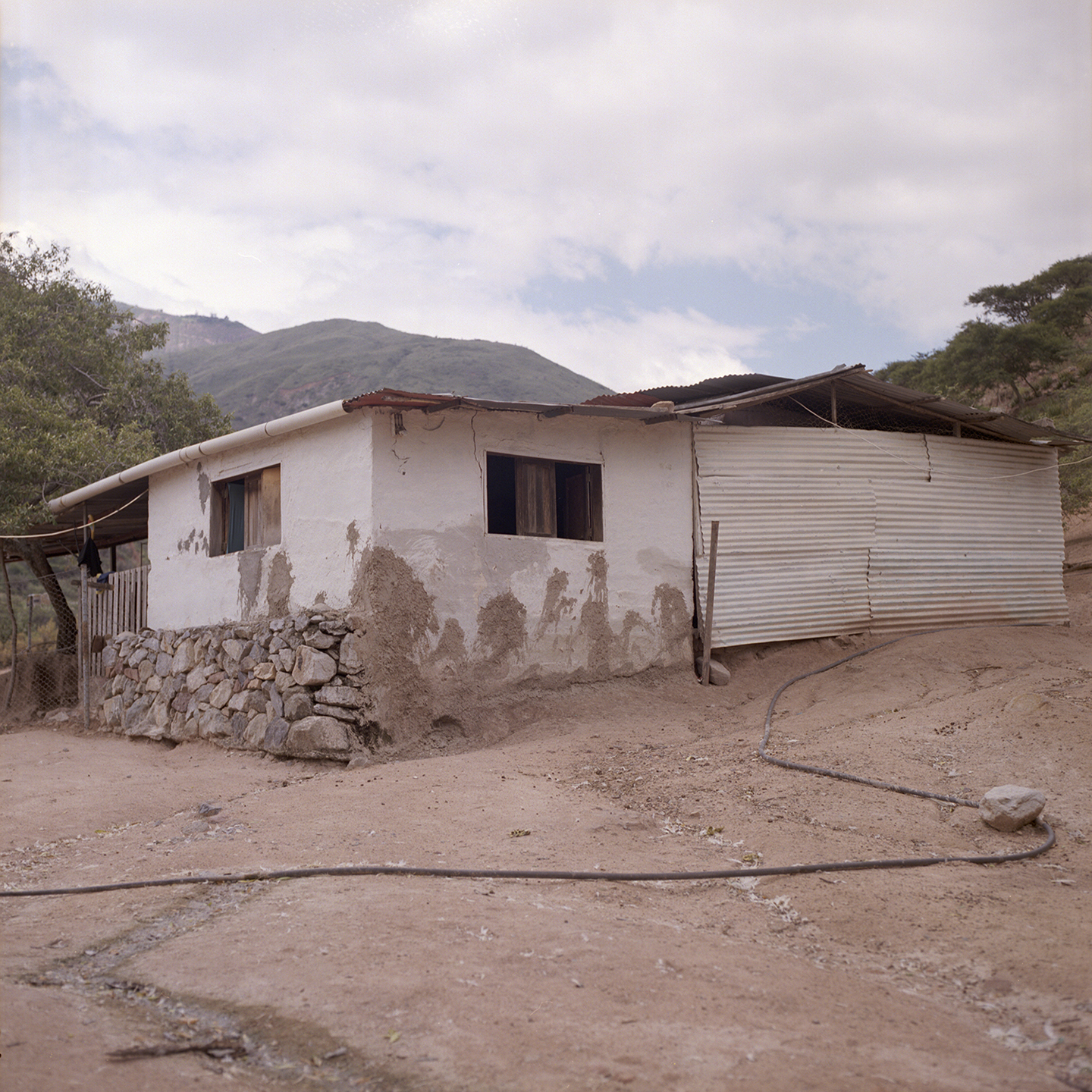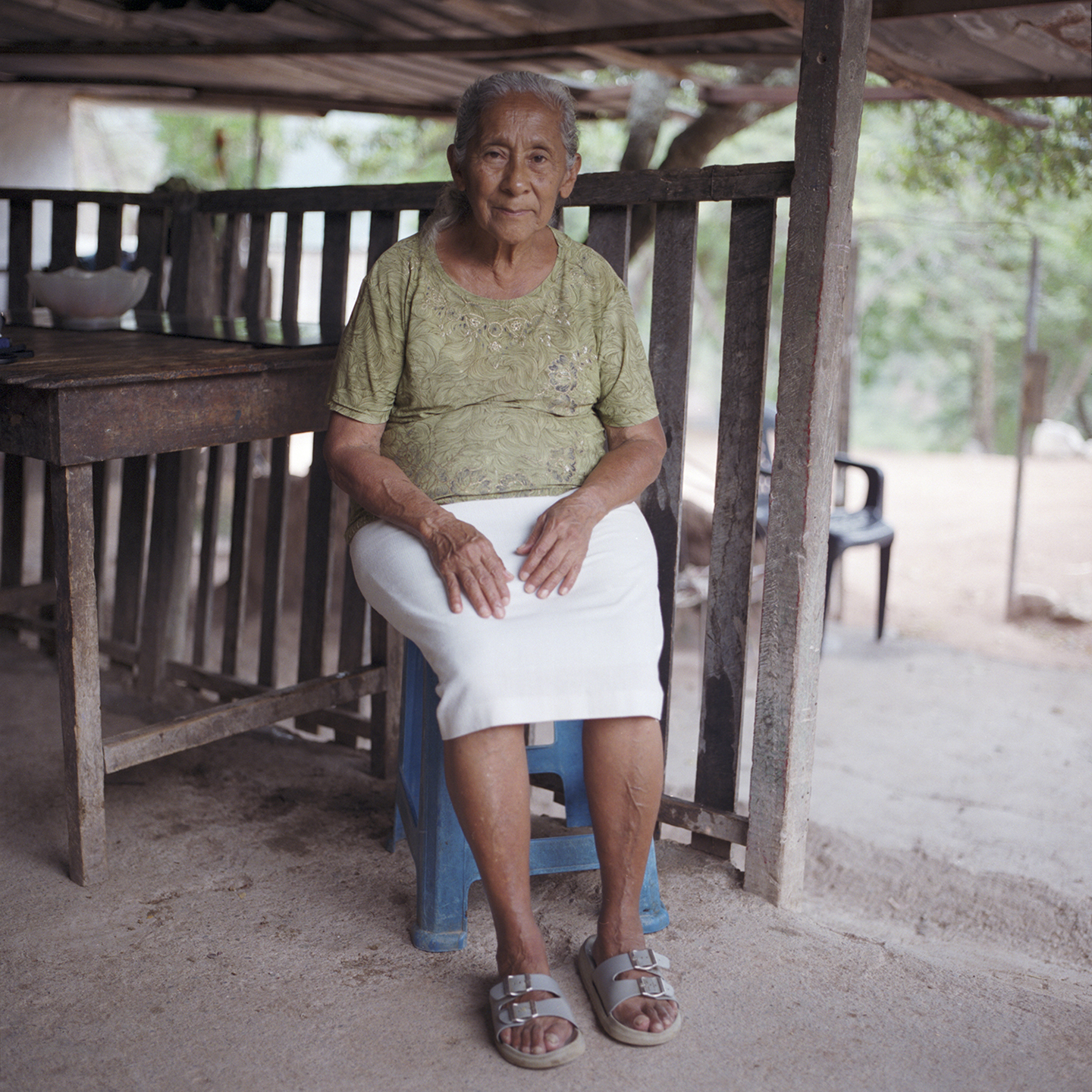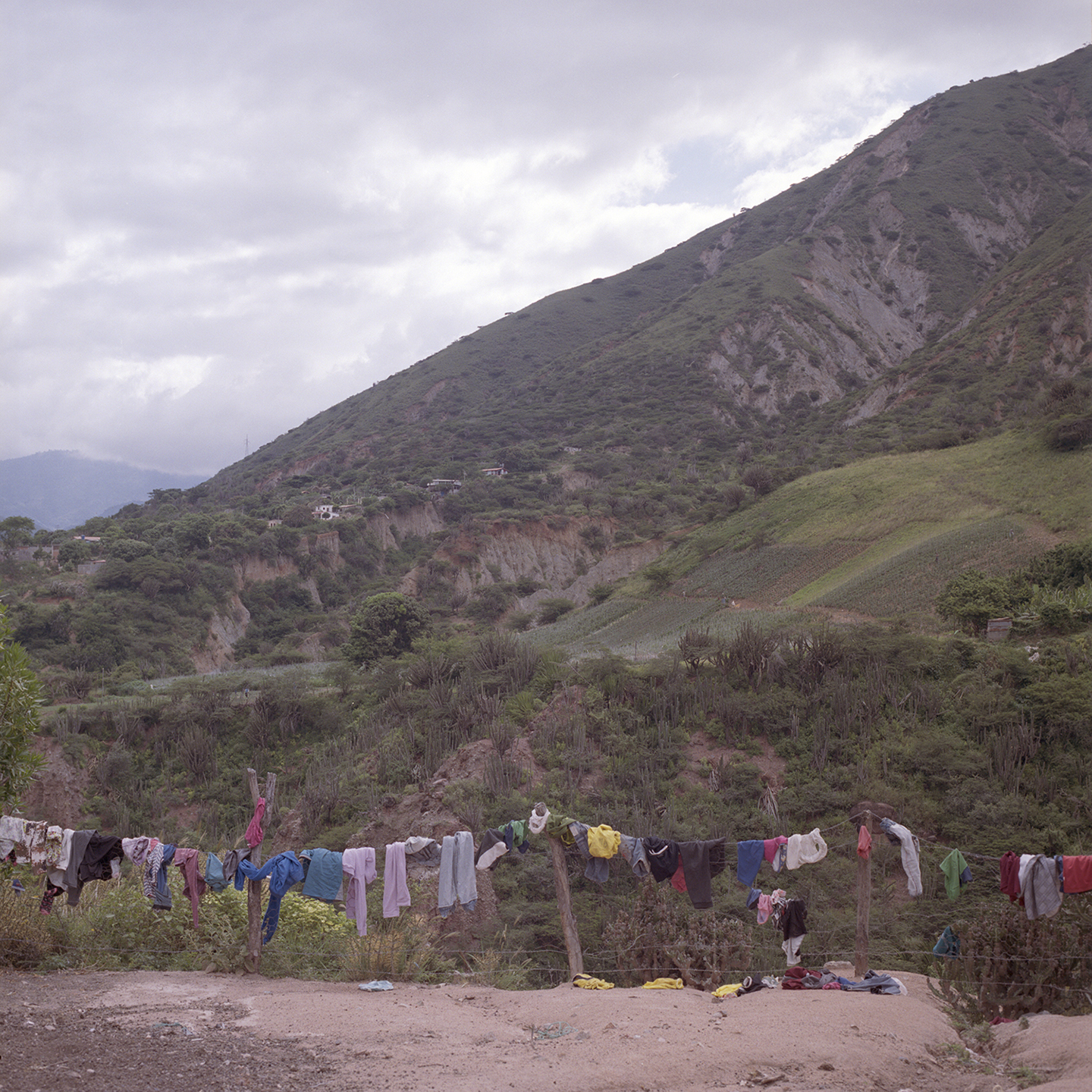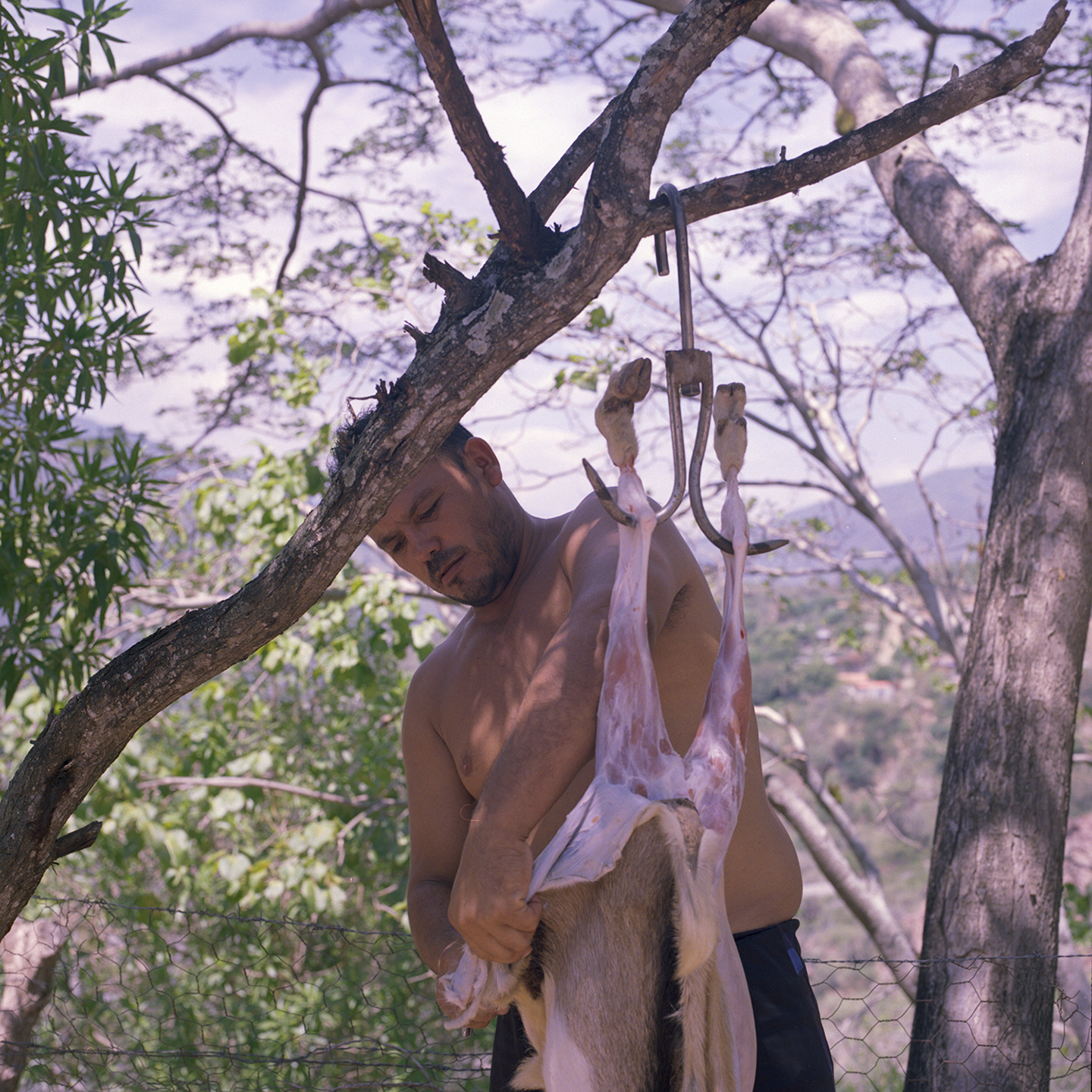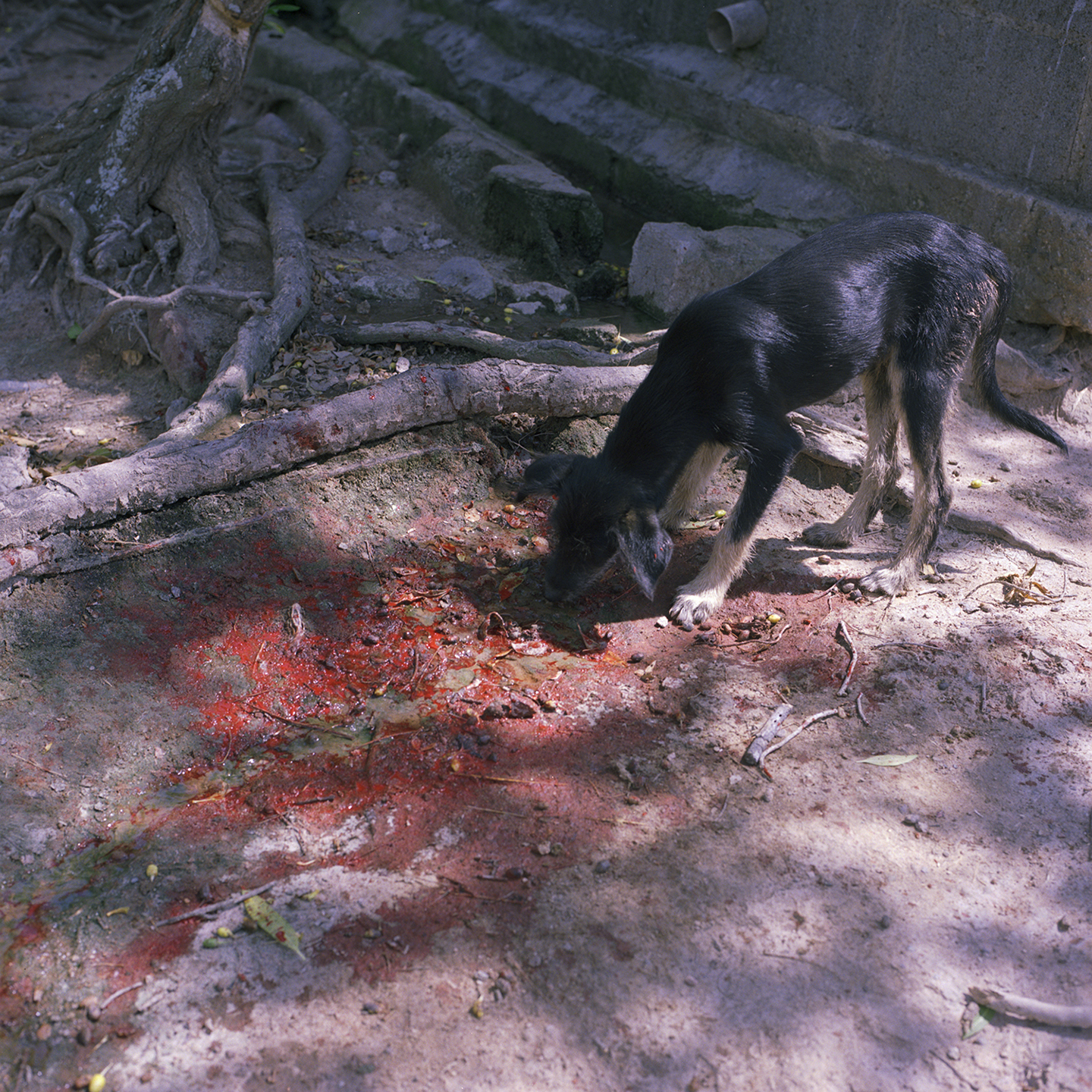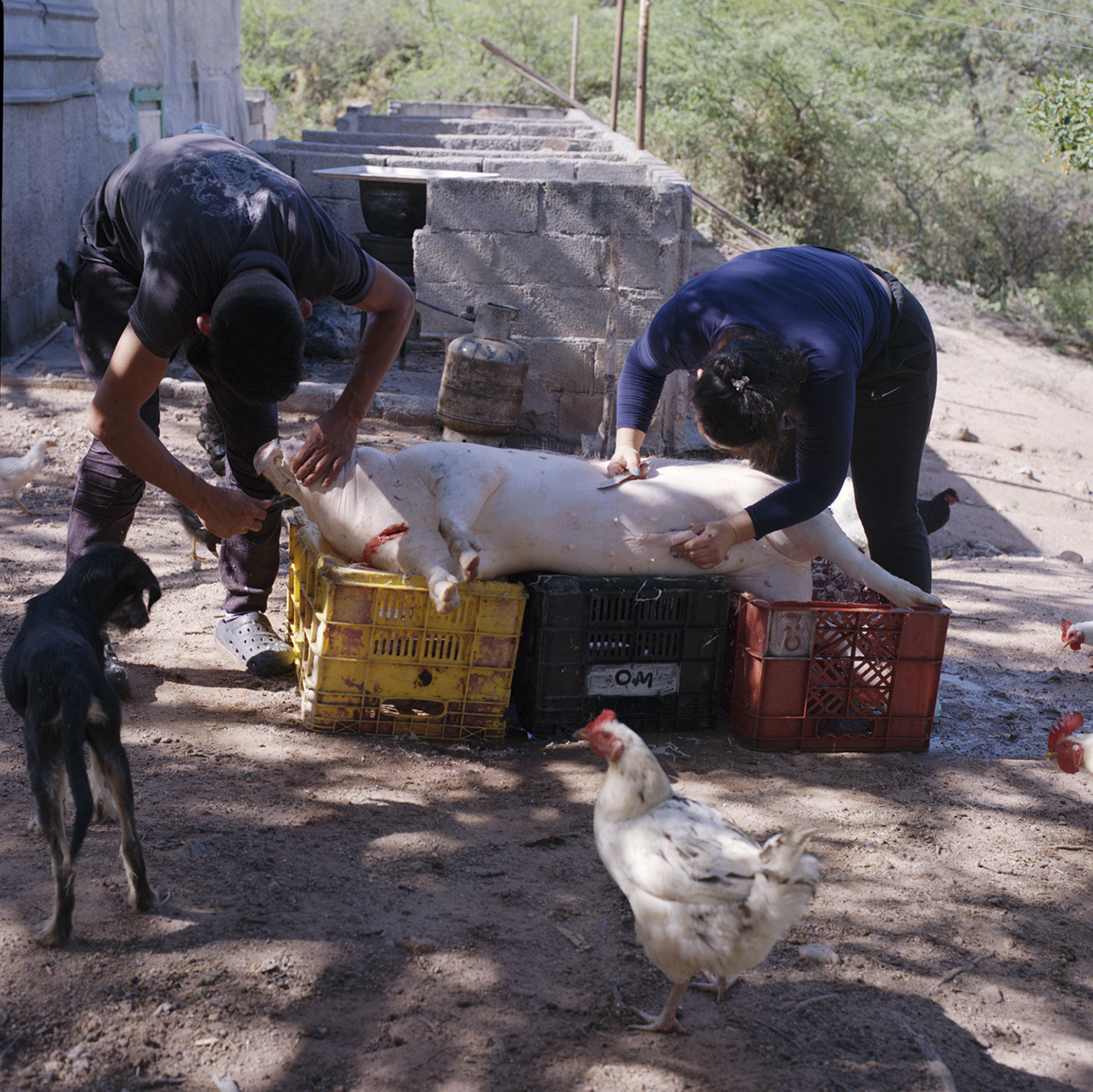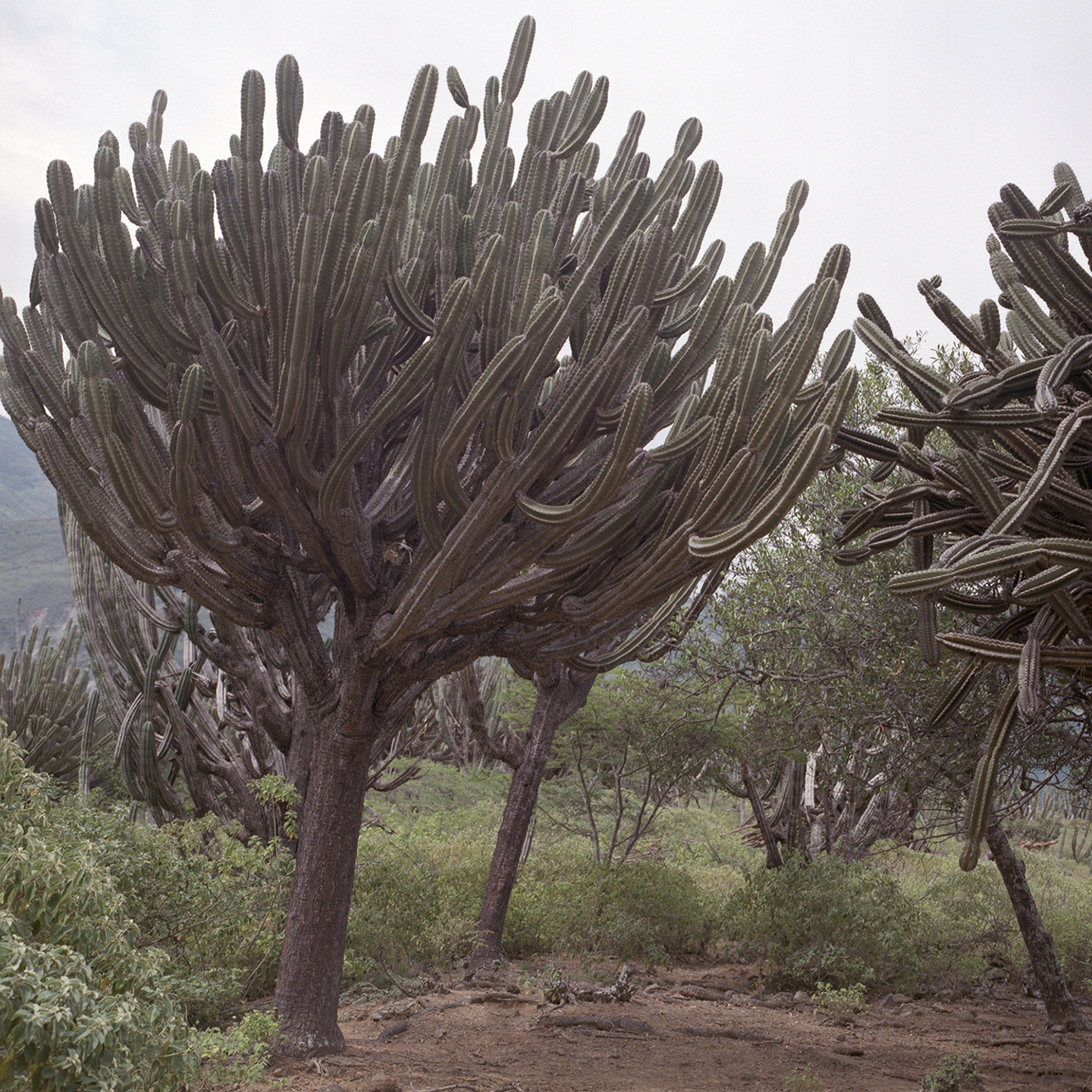Bromelias
Bromelias examines the violence that capitalism exerts on the body and the politics of the body, following the research of Silvia Federici and Cynthia Cruz. The work seeks to make visible the layers of violence that capitalism imposes on non-privileged minorities and the invisibilisation of the working class respectively.The birth of the body in the 17th century also marked its end, as the concept of the body would cease to define a specific organic reality, and become instead a political signifier of class relations, and of the shifting, continuously redrawn boundaries which these relations produce in the map of human exploitation. *
In this autobiographical research project, based on my own experiences and those of people close to me, about the Latin American migrant working class in Europe, I explore the multiplicity of the body, its performative agency, and the spaces it inhabits through a photographic archive—a documentary project that explores and reflects the complex socio-economic dynamics of our time.
* Federici, Silvia. Essay. In Caliban and the Witch (New York, NY: Autonomedia, 2014) p.155.

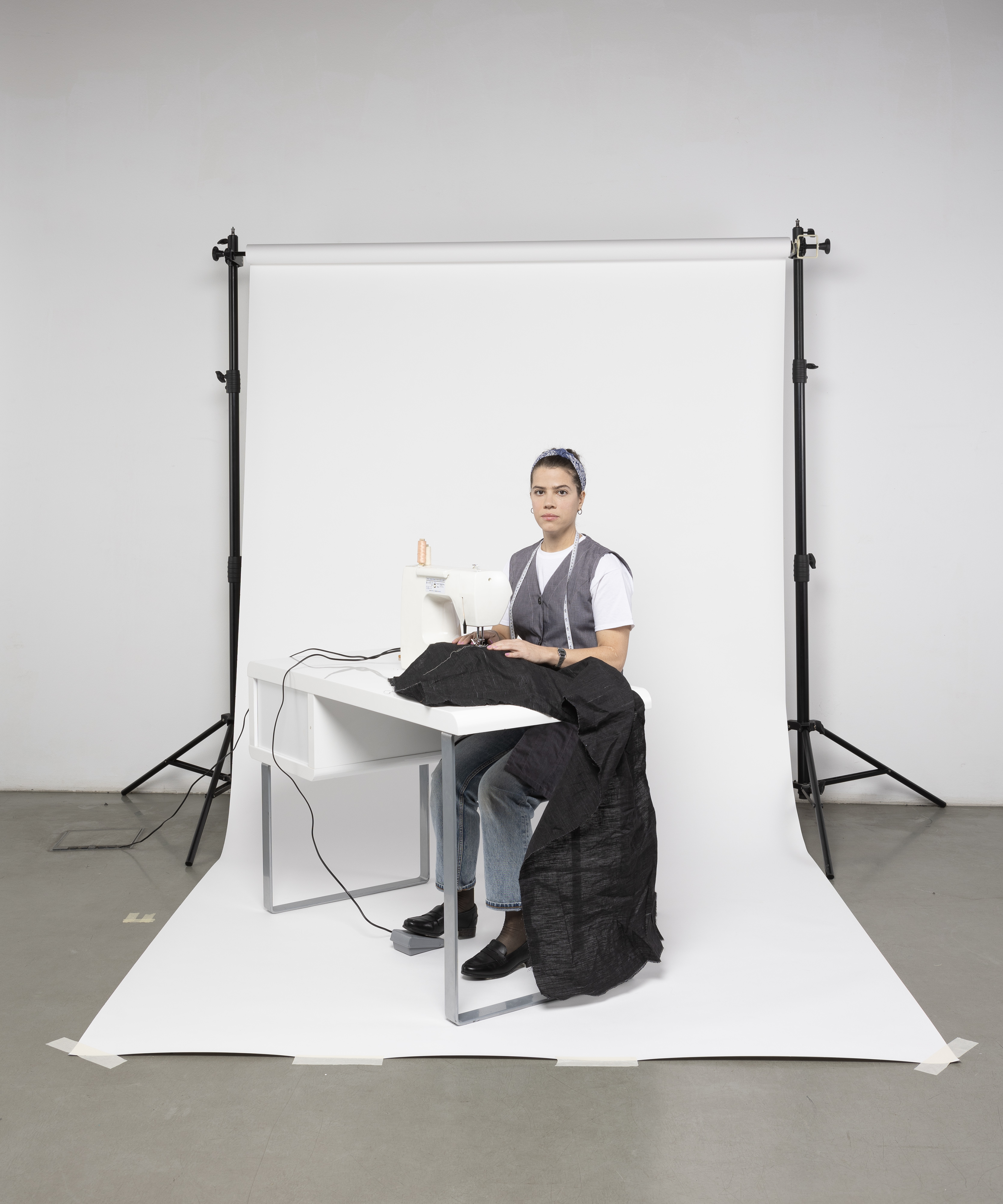
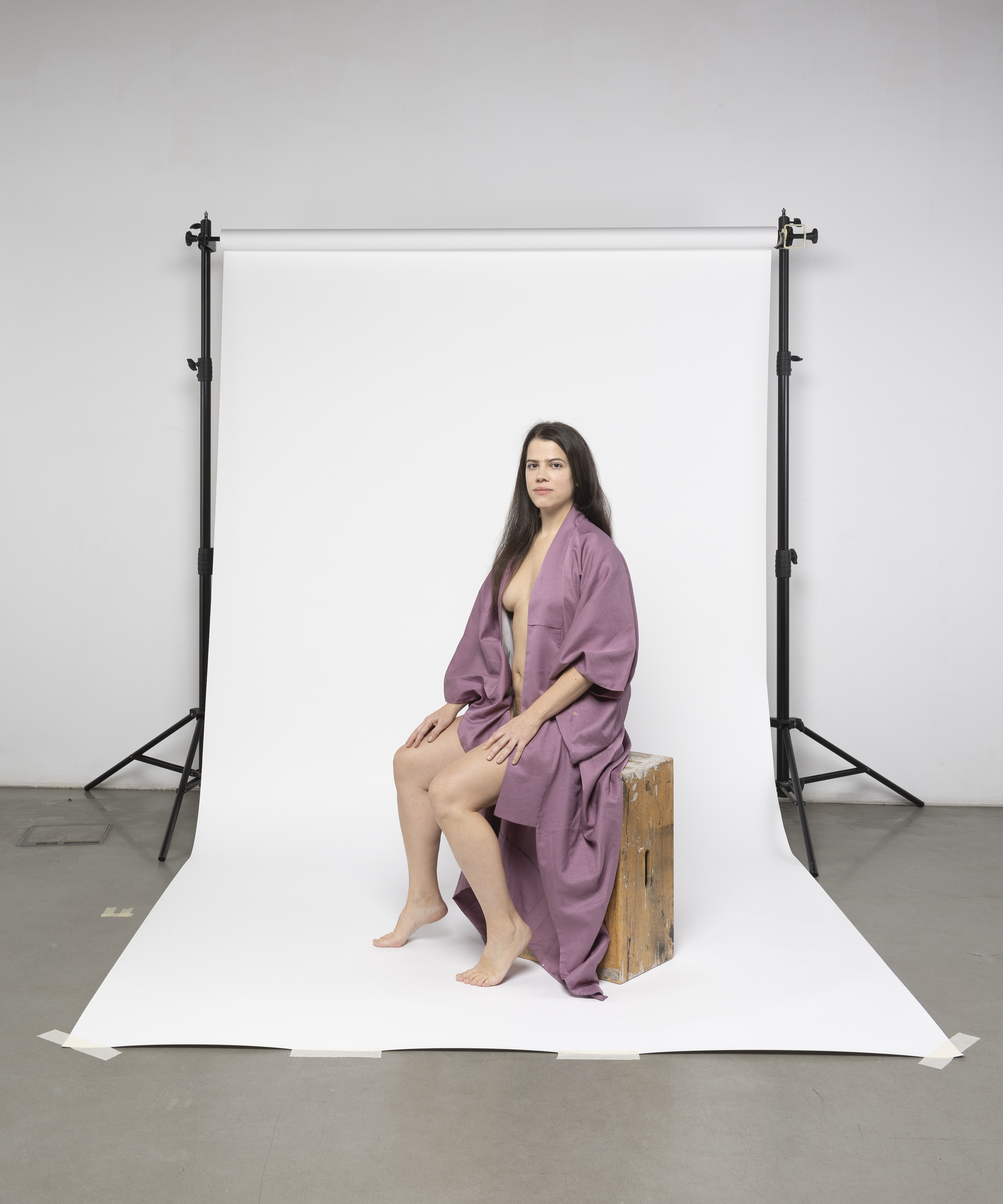



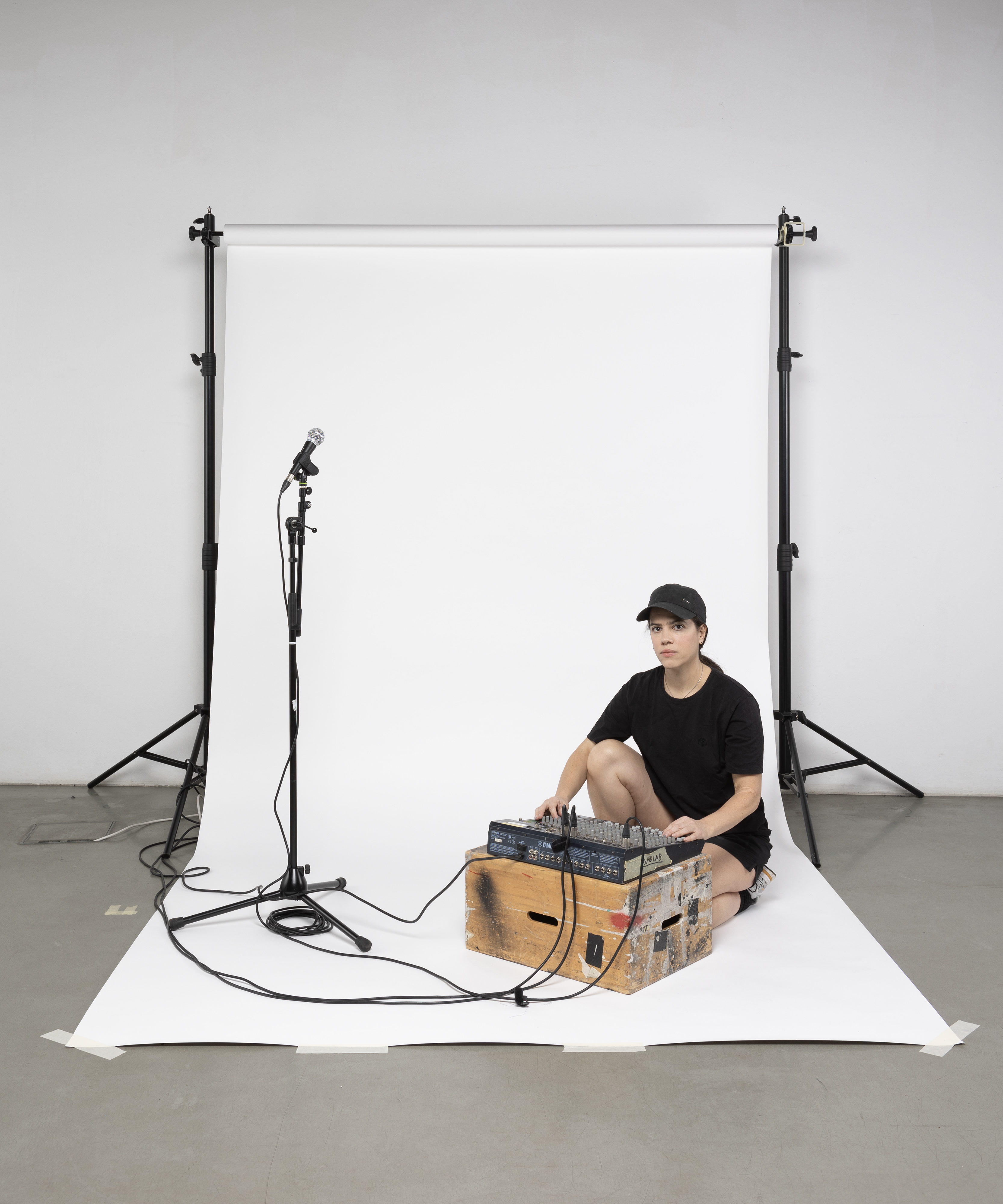
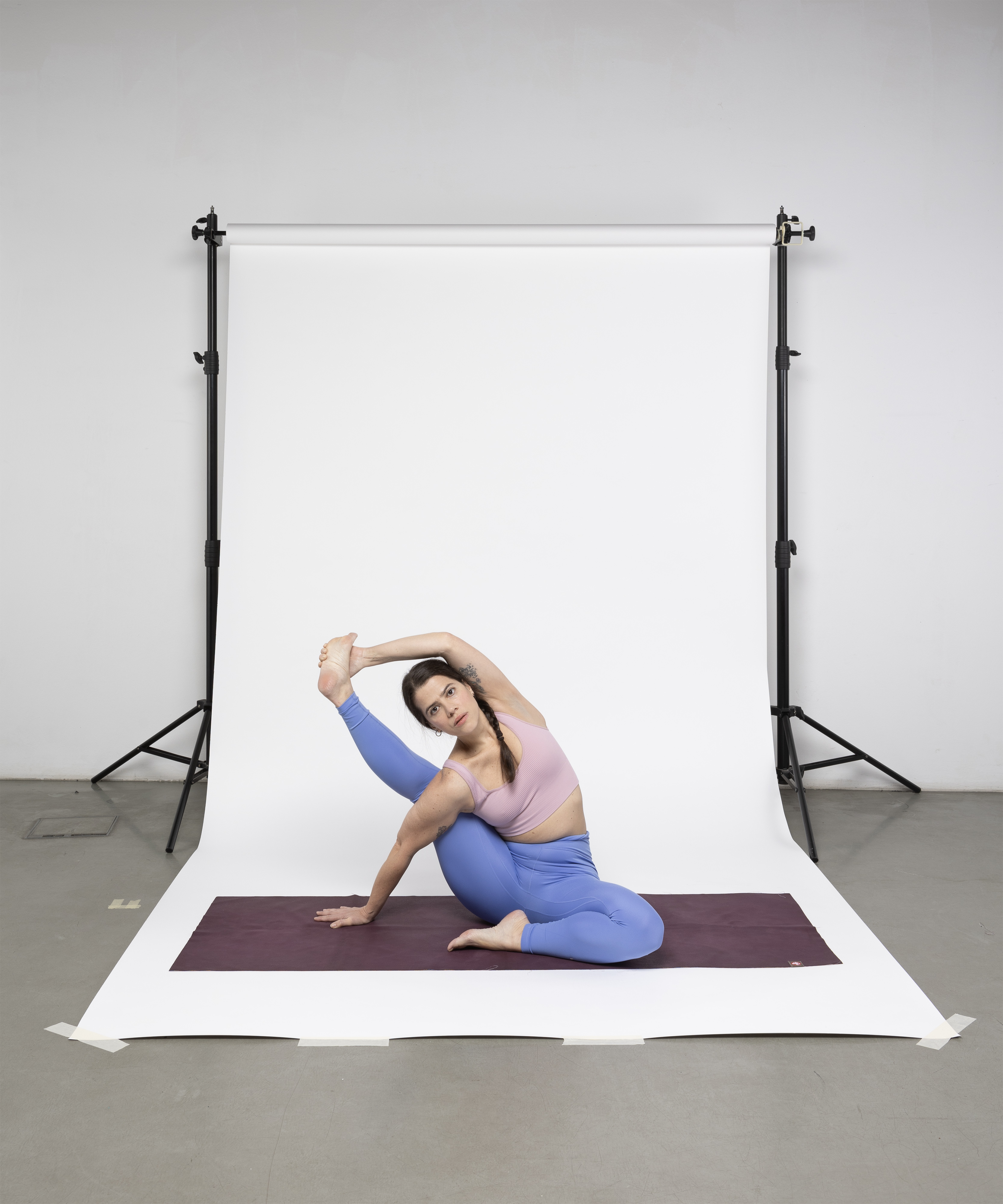

Room Series nr 3
is an artistic exploration that intimately investigates the impact and experience of displacement as an immigrant. The series emphasizes the role of the body as medium ─of this process,
the home away from home,
the landscape that compels and reveals the process of dis-placement,
moving through different realities and trying to reconstruct the self in a new context.
What can we take with us?
how do we take in the new reality?
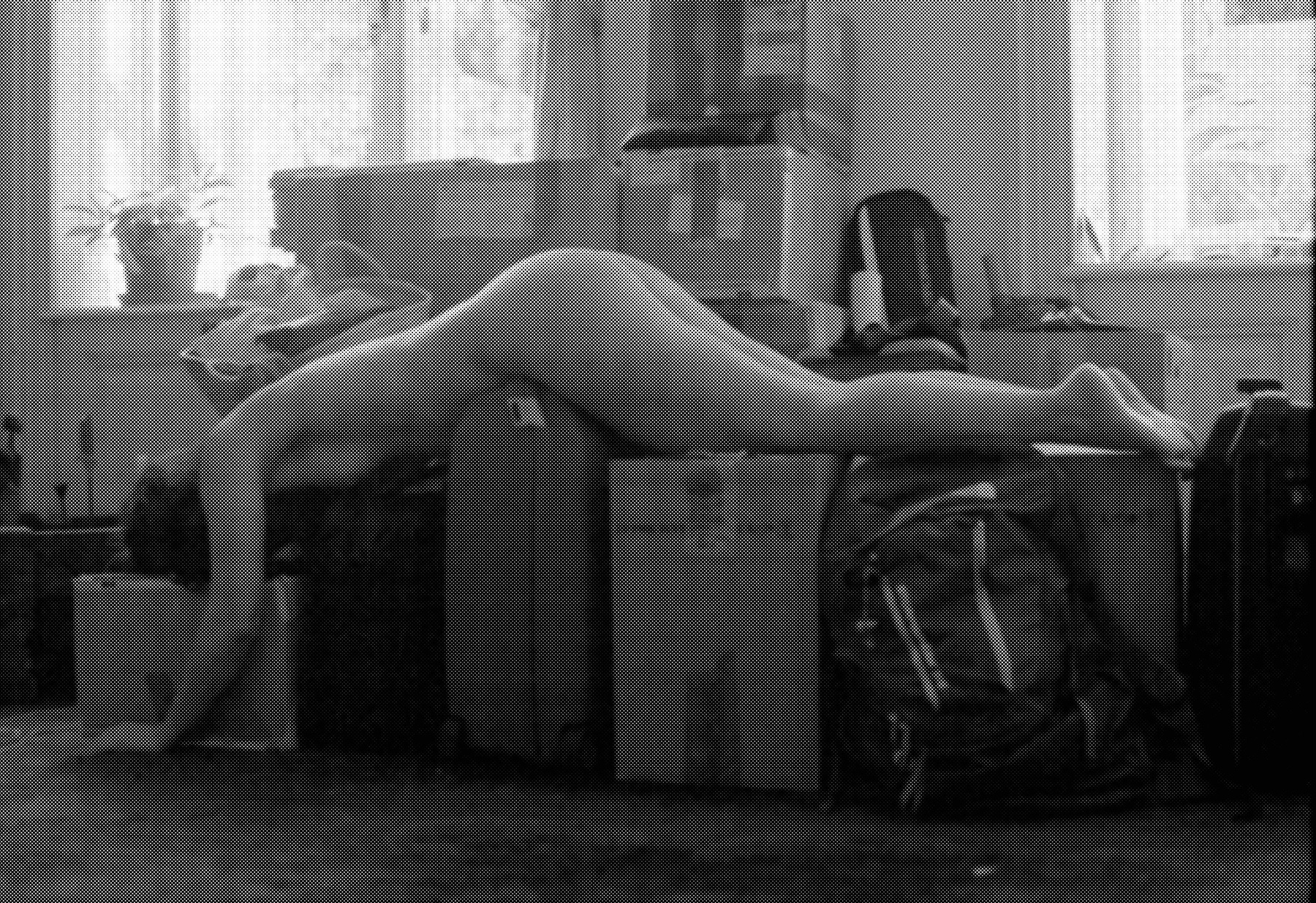

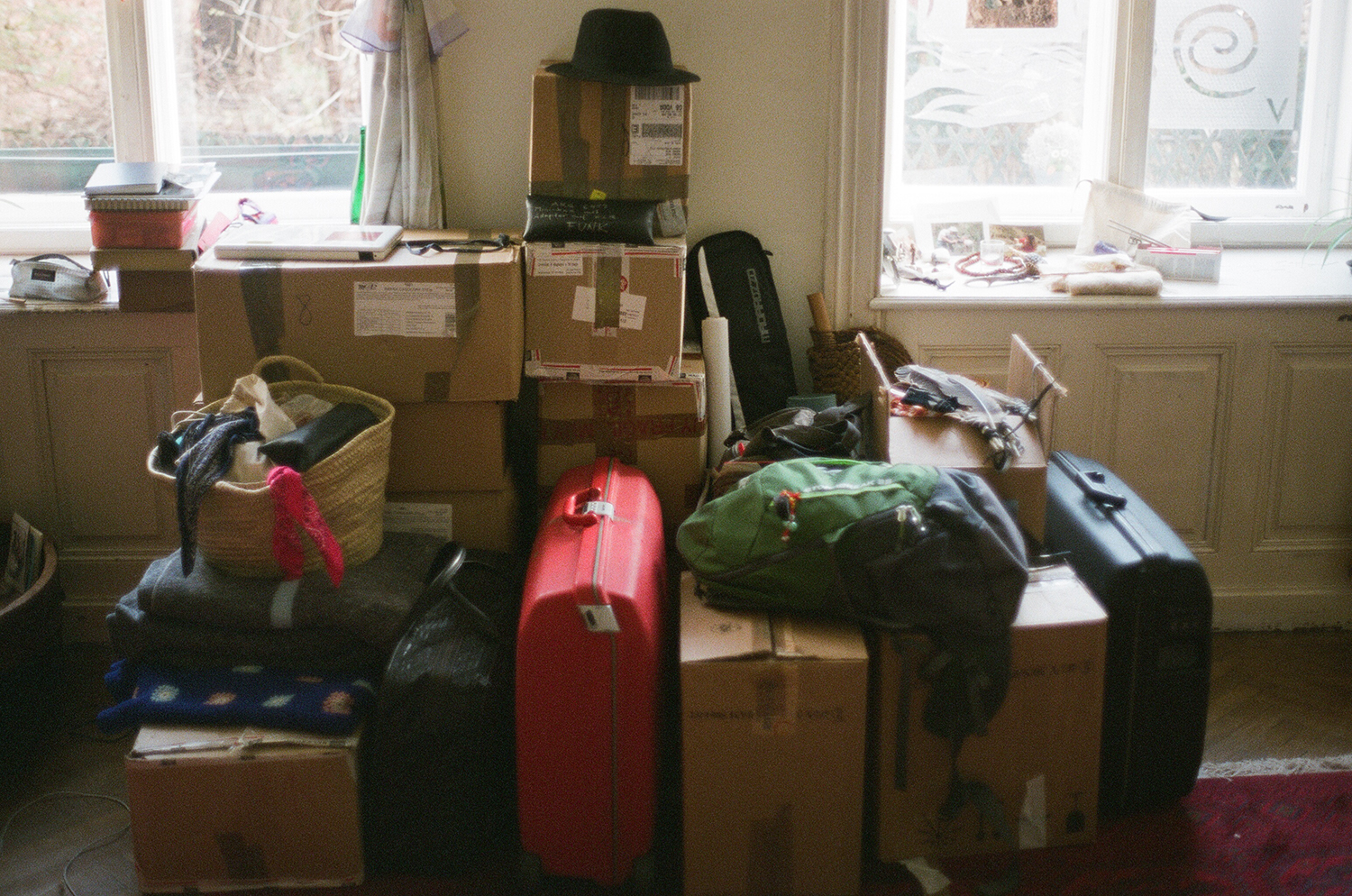
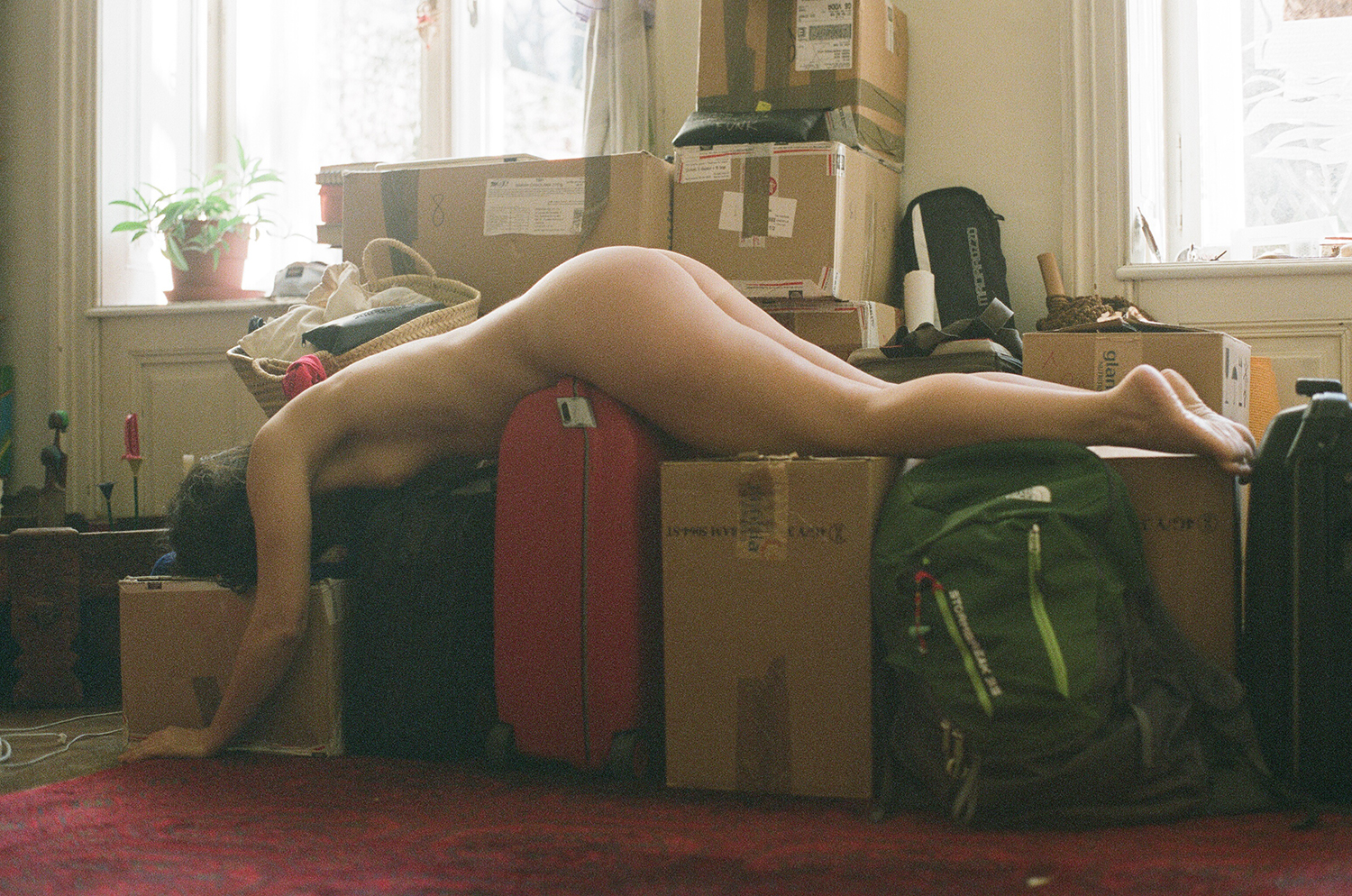
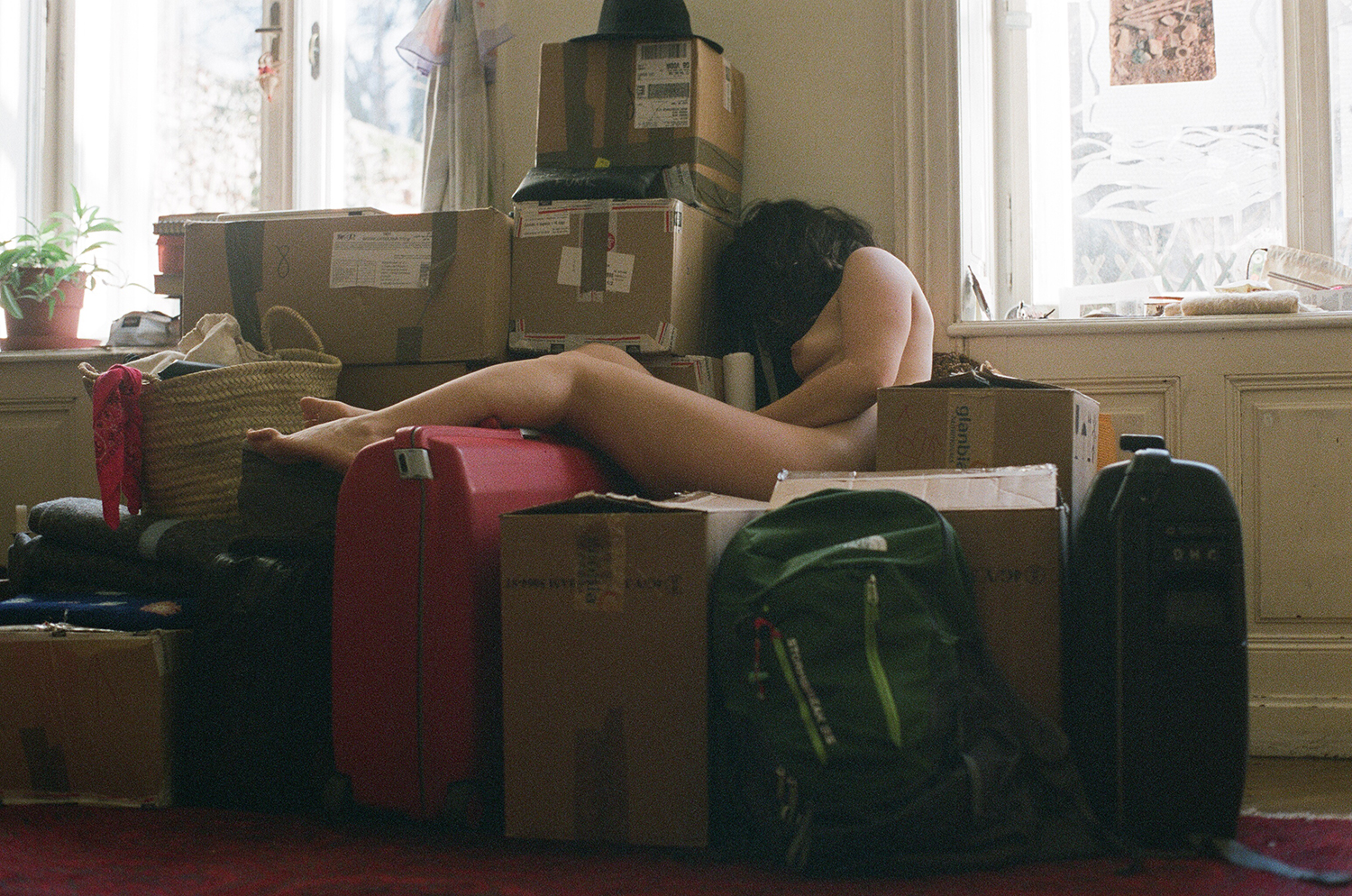
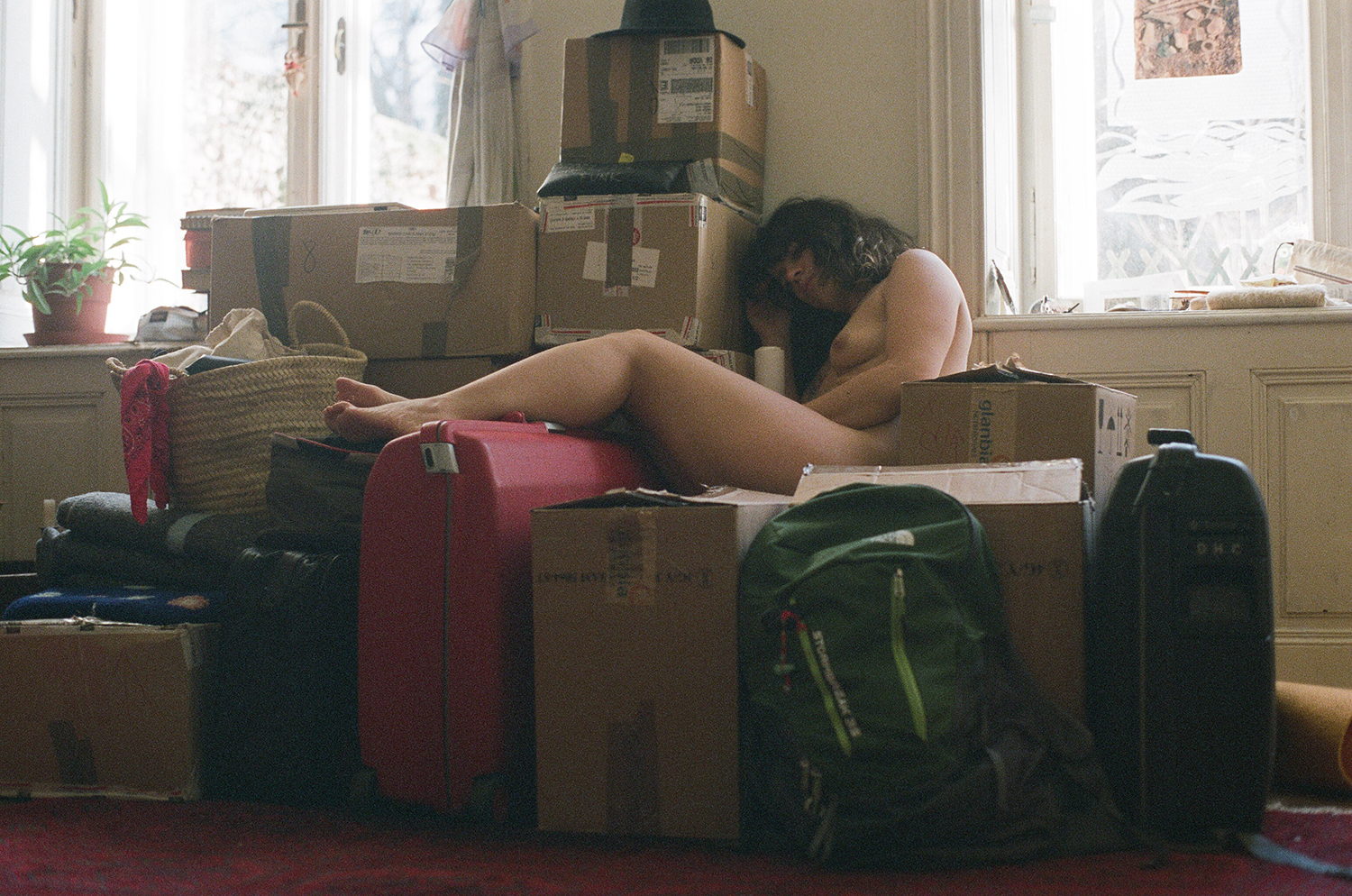

Los diarios
This installation, crafted from my shredded diaries, reflects not only the abstract mass of memories and impressions that accumulate over time and significantly influence our identity but also questions the role of collective versus individual memory.Maurice Halbwachs (2004) argues that while memory is strictly individual, it is always socially situated. Individual memory is shaped by various groups such as family, social classes, religion, and nation. This collective framework, composed of symbols, cultural practices, and traditions, weaves together individual and collective identities.
I have documented my experiences in collages, poems, drawings, and photos. These diaries, spanning my formative years up to 2017, preserved my personal memories of where I grew up and everything I encountered after coming to Europe. The installation not only deconstructs these personal recollections but also engages with the broader question of how collective memories and societal changes impact our understanding of the past and our sense of self.
Photo credit @Jekaterina Nikitina

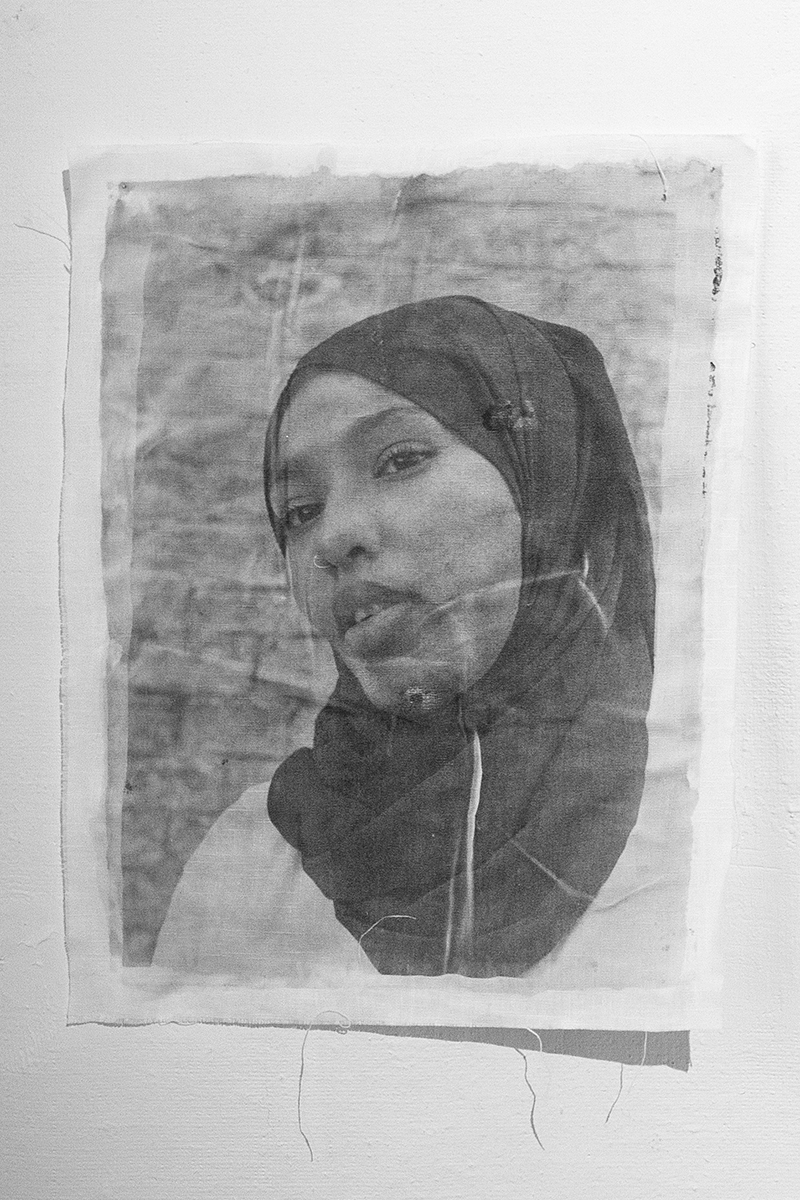
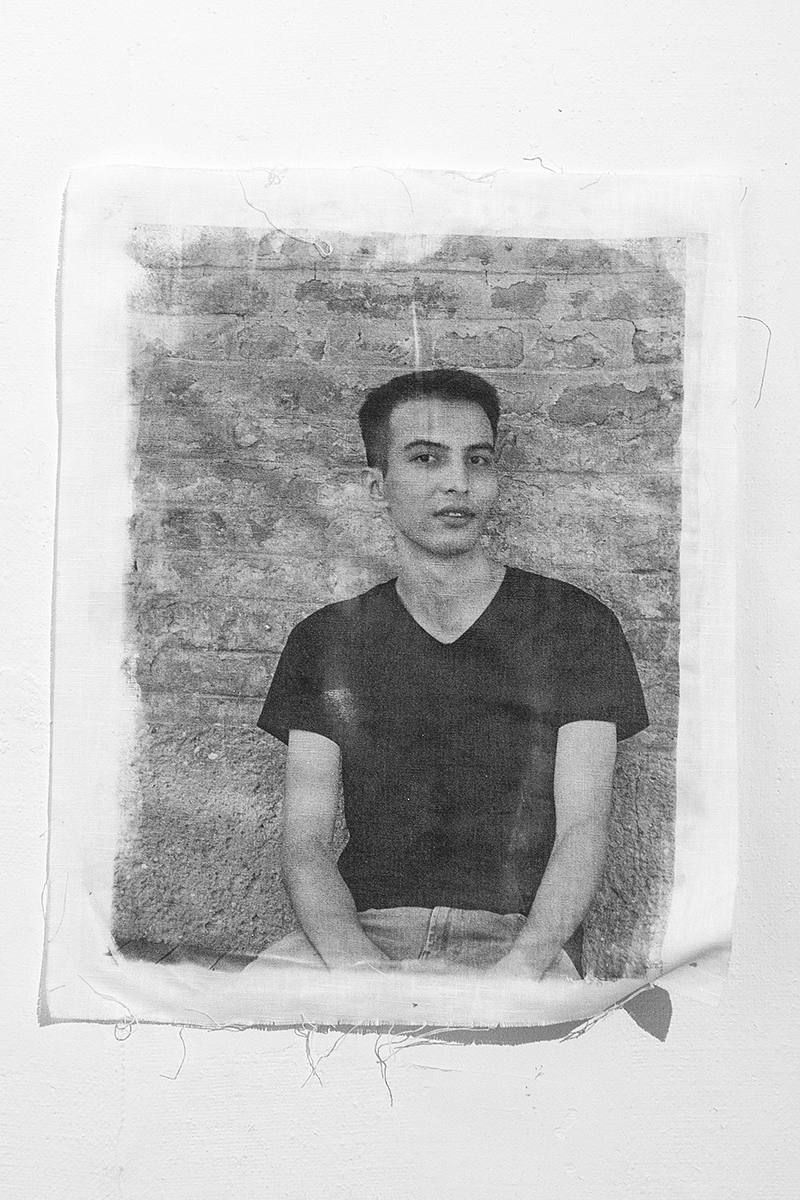

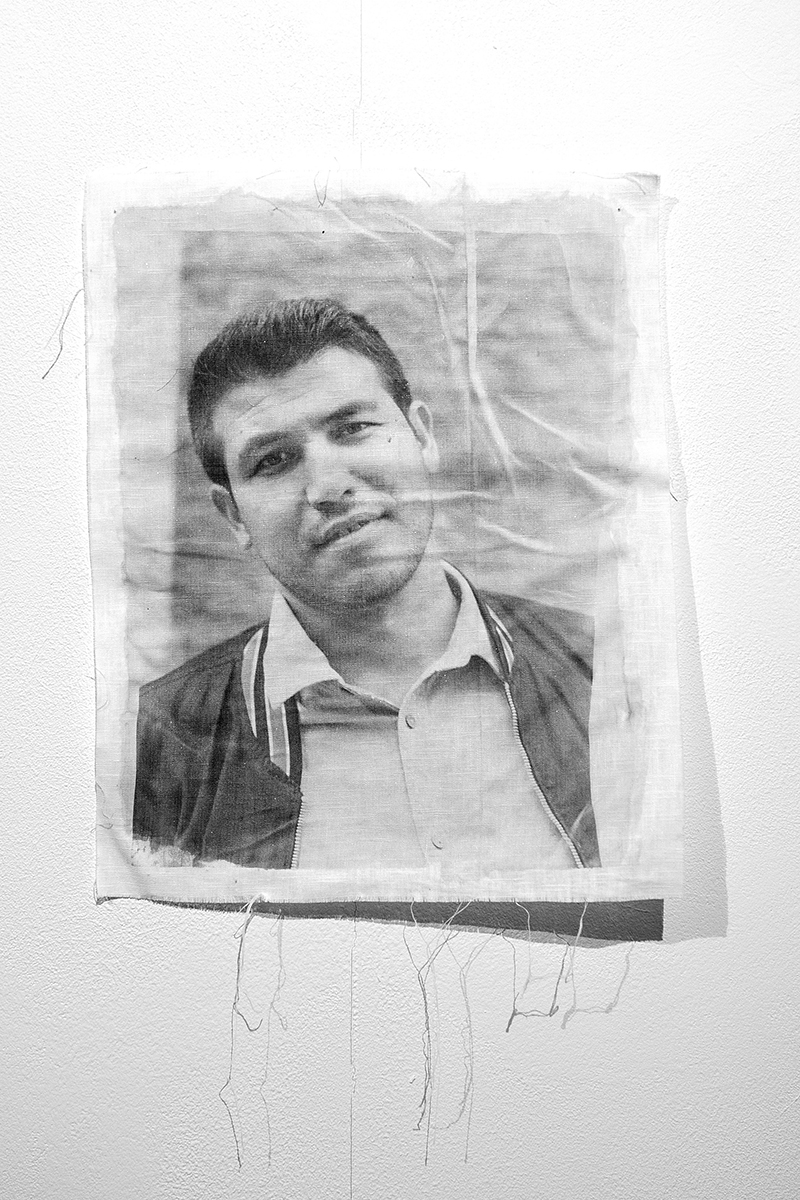


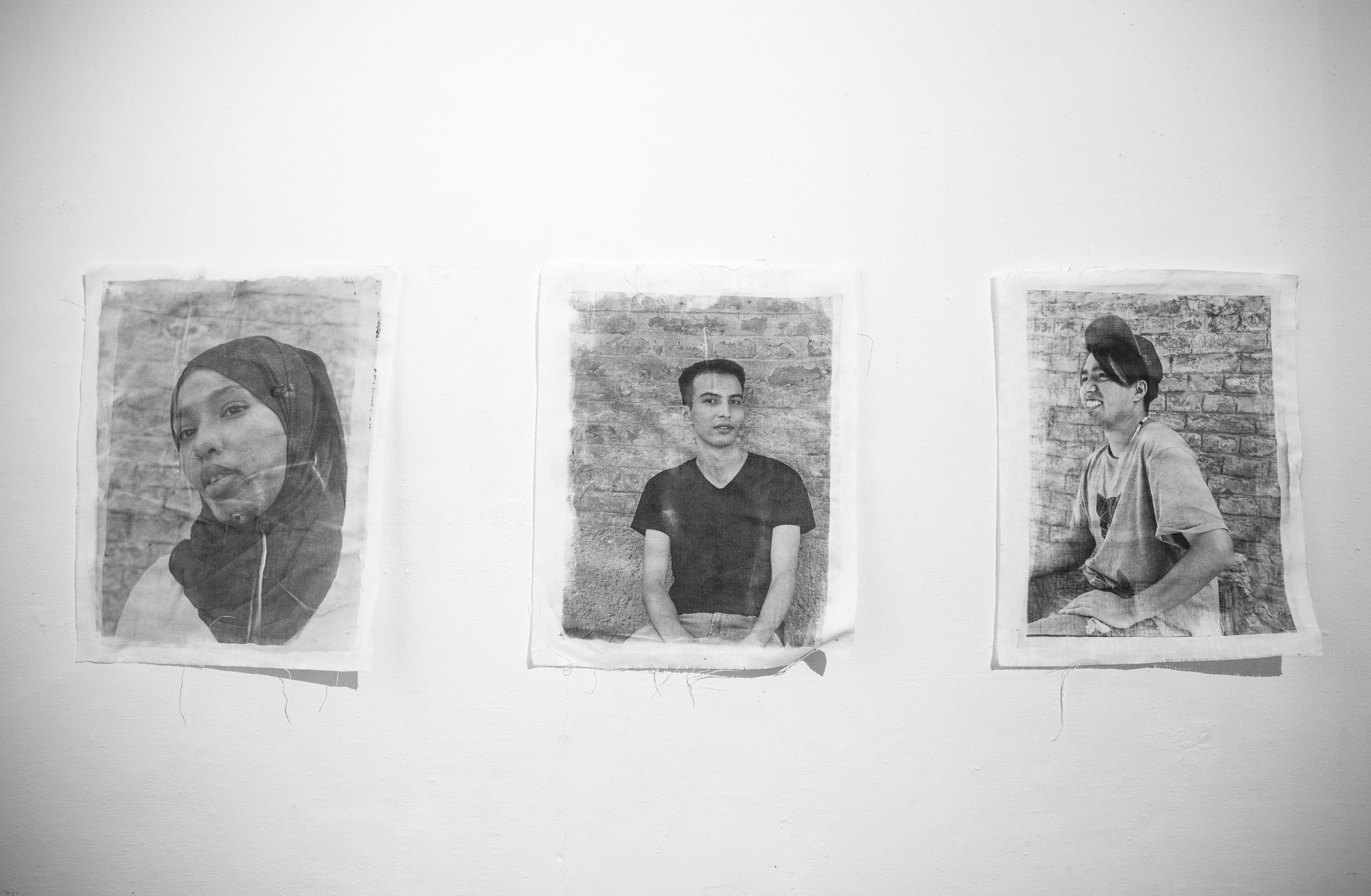
Western Union
is a documentary photo project that addresses the reality of migrants who, once outside their home country, become the primary financial providers for their families. Migrants from underprivileged backgrounds- whether class, race, gender or other factors- often face complicated bureaucracy in the new country, frequently becoming “illegal.” Even those who attain some form of “legal status” encounter segregation, discrimination, and precarious living conditions.The project grew out of a personal experience I had while waiting in a Western Union office to send money to my family. I noticed that many of the people coming in and out of the office were migrants. Talking to some of them revealed that they had precarious jobs with low wages, often without contracts or insurance. This highlighted that racialised people, especially migrants, are not only among the most exploited in the capitalist system, but also remain invisible. As Vandana Shiva remarked in a 2019 talk at the Academy of Fine Arts Vienna: capitalism is a myth; colonialism is a reality, we live in a form of modern slavery.
The photographs in this project were enlarged directly onto fabric using a photosensitive emulsion, challenging the conventions of traditional documentary photography. After conducting formal interviews with the participants, I chose to create portraits that celebrated their dignity and visibility.
Kültur Gemma Grantee 2019
Memoria de la Tierra
A tribute to the lives of the people of my home country, Venezuela, a country that despite suffering decades of violence and one of the biggest economic crises in the world continues to show a parallel world of courage and beauty.Memory of the Earth is a photographic documentary series that immortalizes the life of José Luis, a kidnapping survivor in Venezuela and former truck driver who decided to return to his ancestral rural farm in El Morro. In this remote part of the Venezuelan Andes, José Luis' family have guarded the land for generations, preserving an ecosystem with a rich diversity of native flora and fauna including cacti and cujis.
For many years the arid mountains of El Morro has been a hotspot to raise Goats. It was declared a breeding area where the goats graze freely, feeding off the vegetation that grows there naturally. After being kidnapped and released, José Luis decided to return to his farm and raise goats, earning a living by selling milk and cheese.
This project captures the human capacity for perseverance and care in the midst of crisis. The life of José Luis' is a reflection of many Venezuelans living in rural areas where access to basic services is limited, but who have managed to develop self-sustaining strategies that allow them to get by on a day-to-day basis.
"I don't want to leave my land and my animals, I love this land very much". José Luis-

